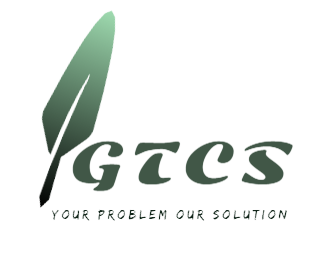Website development refers to the process of creating and building a website, including designing its layout, writing code, and implementing functionality to make it functional and accessible on the internet.
The stages of website development typically include planning, design, development, testing, and deployment. After deployment, there’s often a stage for ongoing maintenance and updates.
Common programming languages used in website development include HTML, CSS, JavaScript for front-end development, and languages like PHP, Python, Ruby, or Node.js for back-end development.
Front-end development involves creating the visible parts of a website that users interact with, such as layout, design, and functionality. Back-end development focuses on server-side processes, database management, and server-to-client communication to ensure the website functions properly.
Responsive web design is an approach to web development that ensures websites display correctly on various devices and screen sizes, such as desktops, laptops, tablets, and smartphones. It involves using flexible layouts, images, and CSS media queries to adapt to different devices.
A content management system is a software platform that allows users to create, manage, and publish digital content on websites without requiring extensive technical knowledge. Popular CMS platforms include WordPress, Joomla, Drupal, and Shopify.
The time it takes to develop a website can vary depending on factors such as complexity, features, design requirements, and client feedback. Simple websites may take a few weeks, while larger, more complex projects can take several months or longer.
The cost of website development depends on factors such as project scope, complexity, features, design requirements, and the expertise of the development team. Prices can range from a few hundred dollars for basic websites to thousands or even tens of thousands of dollars for more complex projects.
User experience design focuses on creating positive interactions and experiences for website visitors. It involves designing intuitive navigation, easy-to-use interfaces, and engaging content to ensure users can accomplish their goals effectively and enjoyably.
When choosing a website development provider, consider factors such as their portfolio, experience, expertise, communication skills, pricing, and client reviews. It’s essential to find a provider that aligns with your project requirements and goals.



